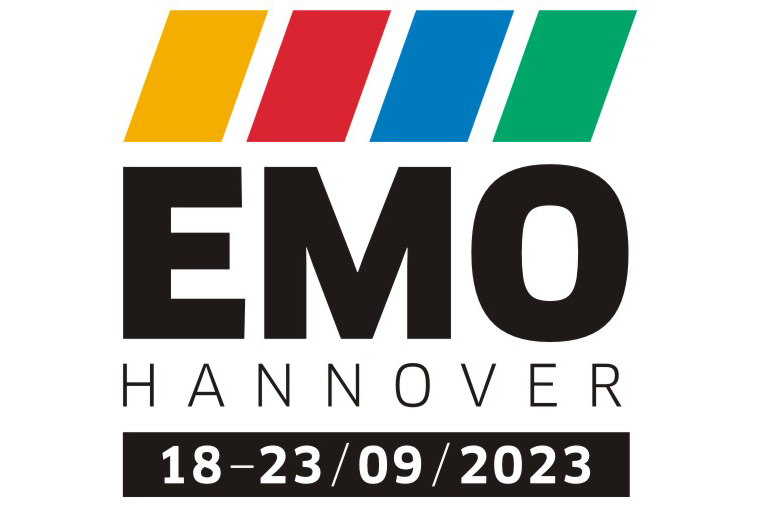The biennial EMO exhibition returned to Hannover last week and amongst all the business discussions and transactions with customers, this is also a meeting place for the global industry to share our views on the state of the manufacturing technology sector.
We have the presentations from a couple of meetings available for members to reference:
- At the opening Press Conference, CECIMO (the European Manufacturers organisation that owns EMO) included an economic update for Europe alongside presentations on China, Japan (manufacturers) and the USA.
- During the exhibition, CELIMO (the group of associations representing importers and distributors) held a Roundtable meeting which covered Europe, Japan (distributors), Taiwan and the USA. For this presentation, there are some accompanying notes as well as the slides.
These presentations complement each other as they come from slightly different perspectives of production and the market respectively. You can download both of these presentations below.
During these and other discussions there were a couple of recurring themes affecting the industry.
- A shortage of skilled labour which seems to be prevalent in most parts of the world which is driving customers to purchase more automation in all its forms. This is most often reflected in higher average values per transaction to take account of the extra equipment and/or higher levels of technology within the machine.
- A shortage of raw materials, sometimes reflected in higher costs as well as simple lack of availability. This appears to be mainly an issue in Europe and Asia, with the US, while not exempt from the problem, seeing it less often. One explanation that was raised is that it most often affects metals that were sourced from Russia and with the sanctions in place because of the invasion of Ukraine, the price and availability has become an issue both for our industry and our customers.
The closing press release – https://emo-hannover.com/press/emo-hannover-2023-once-again-scores – also picked up on some of these themes. It also highlights that while visitor figures were down on the 2019 event at 92,000 (46% of which were from Germany), the quality was seen to be positive.

